It should come as no surprise that the spaces we occupy every day have a huge impact on our overall wellness. The Environmental Protection Agency and Vancouver Coastal Health report that Americans and Canadians spend about 90% of their time indoors. But what about the time we spend outdoors?
Your Welcoa membership has expired.
Member Spotlight: Hillsborough County Public Schools
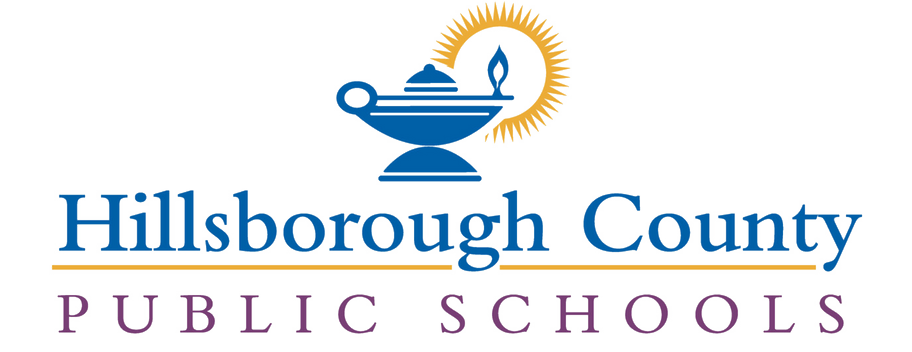
While 2020 is widely considered the year we’d all like to forget, 2021 was no cakewalk either. For many organizations, the aftershocks of 2020 continue to create ripple effects when it comes to employee wellness. This is true for Hillsborough County Public Schools in Florida. “We’ve heard from many staff members that 2021 was even harder than the year before,” said Dina Marshall, Well-Being Coordinator for the Hillsborough district. “I think that reality has caught a lot of people off guard. We all thought we were getting back to normal. But really, the transition has created a lot of stress for employees everywhere. That’s particularly true for educators.”
The realities of the pandemic for the Hillsborough district sound very familiar with other systems across the country. Job vacancies within the district for key roles including cafeteria workers and bus drivers have placed additional stress on meeting basic student needs, while a shortage of substitute teachers has created more challenges in the classroom.
“It’s been tough,” Marshall said. “Getting kids to school on time is more difficult, as we have drivers handling multiple routes. When teachers are absent, sometimes we have to split up classes and other teachers have to take on additional students for the day. There’s an extra burden being placed on everyone, and we are acutely aware of that from a wellness perspective. We’re working hard to support our staff as we navigate these challenges. Our programs have been a positive in a year that is particularly stressful. Fortunately, we had a very strong foundation in place to care for our staff and to be there when they needed us most.”
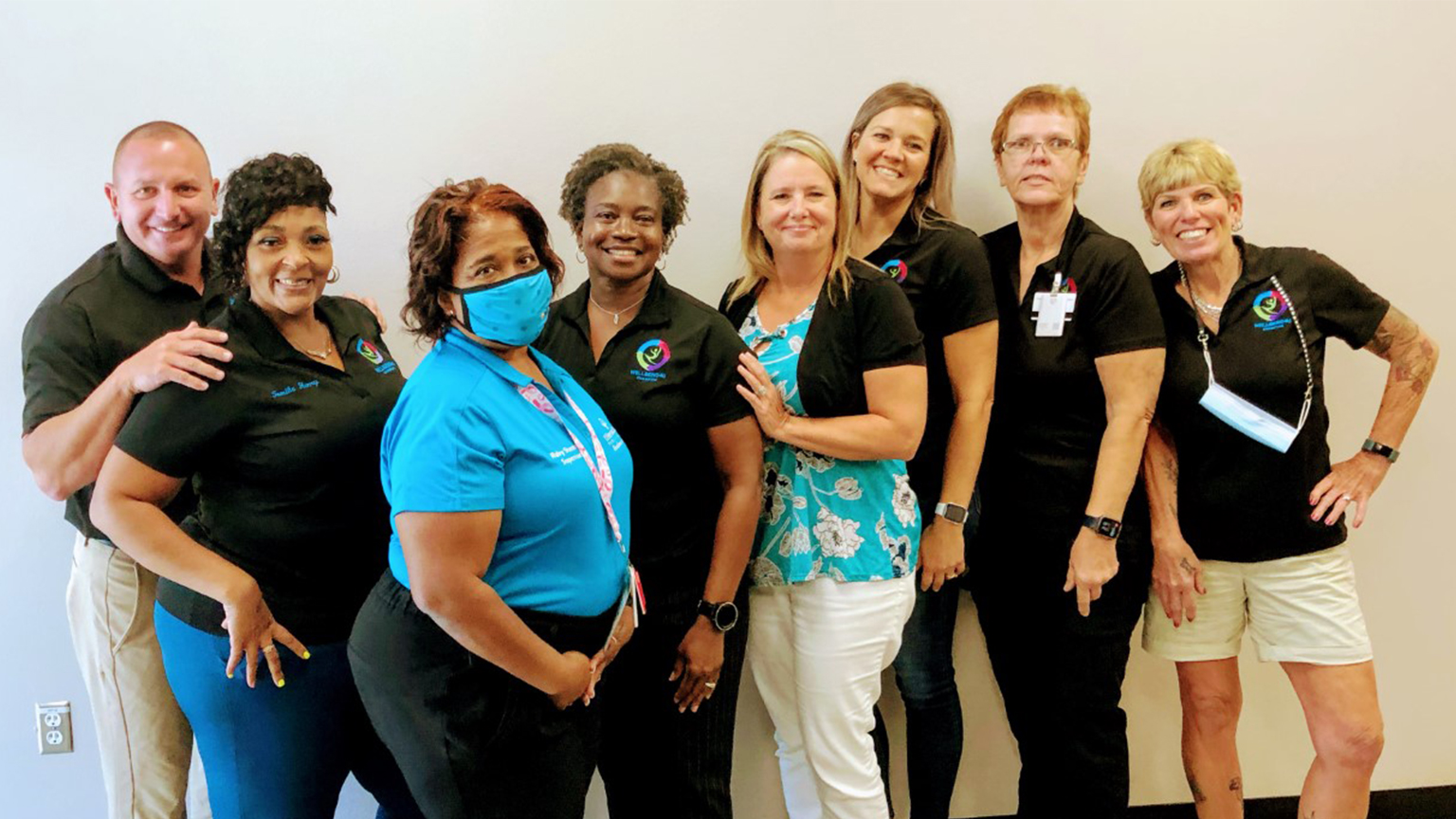
To understand how the district has been well-positioned to support its staff during the past two years of constant change, you have to go back to the beginning of Marshall’s tenure in her current role.
Prior to Marshall taking over as the district’s first Well-Being Coordinator, Hillsborough relied on Humana’s go365 program as their wellness offering. When Marshall came on board, she knew that to create meaningful engagement with wellness, it would take more than simply making tools and resources available. The district’s engagement statistics backed up that hypothesis, as only 8 percent of staff were engaged in the program. An immediate priority for Marshall was to build a wellness champion network to help carry programming and support to each of the district’s 240 locations.“We are the 7th largest district in the country, with 25,000 employees,” Marshall said. “Geographically, we stretch across more than 1,266 square miles. There was no way to cover this type of ground and to increase engagement among our various schools and locations without recruiting a robust team of champions to help us.” Recruitment for the champion network got off to a fast start, with more than 100 volunteers in the first year. It grew from there, eventually exceeding 270 champions. More importantly, more than 98 percent of schools across the system have an active wellness champion leading the charge at their site.
“From the beginning, we wanted this to be voluntary and for it to grow organically,” Marshall said. “We never made it a requirement. We never asked principals to assign champions from their schools. We do offer a small stipend of $400 for volunteers, and I think maybe that generated a little interest initially. But what we’ve seen over time is that these individuals do it because they love being champions of their co-workers’ well-being. They like being able to help colleagues answer questions and find resources. We have extremely high retention rates among our champions. They keep coming back because they love the difference they are making.”
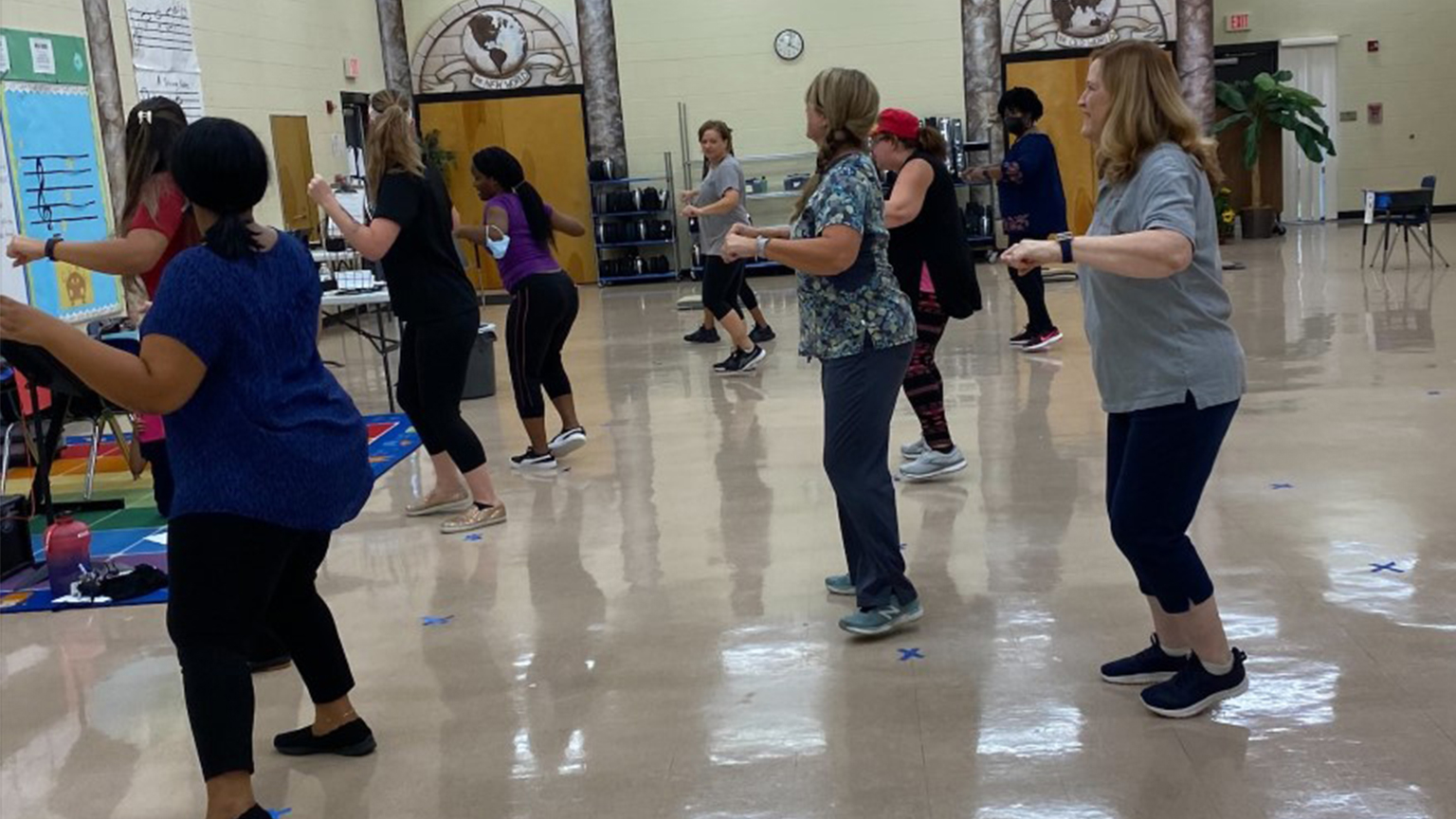
Remember, when Marshall started the champion network, engagement was below 10 percent across the district. Four years later, engagement has tripled to 32 percent, meeting an important goal set by the district. “Engagement means a staff member is consistently logging steps or participating in steps challenges, and/or completing an onsite screening and a health assessment within the go365 platform,” Marshall said. “We knew the champion network would be an effective way to get more staff members active in wellness. It’s been great to see the progress.” Wellness champions have a handful of specific responsibilities throughout the year, which include hosting an onsite screening at their location, running a mammography campaign, offering a financial wellbeing campaign, hosting a Wellbeing4U day where staff can engage in a fun activity that promotes health, and actively promoting EAP resources.
Outside of that, their creativity is the only limit. “Outside of the core campaigns and activities that we must ensure we’re delivering, the rest of the year it’s really up to the wellness champion,” Marshall said. “They have access to a tool kit that has steps challenges, hydration challenges, and other ideas. But they also get to make it their own and have fun with it. Educators are very creative by nature, so it’s really inspiring to see the creative ways they promote wellness throughout the year. We’ve taken a lot of the most creative ideas and cataloged them for other champions to reference in the future. A lot of the new ideas and tools we add to the toolkit actually come from our champions.”
Through a Microsoft Teams channel, Marshall has created an opportunity for champions to connect, collaborate and share best practices on a regular basis. “We’re seeing a lot of collaboration among champions,” she said. “A lot of it is sharing a campaign or activity that worked well at their site or asking for advice or help from other schools. There really has been so much sharing. By using technology, we’ve been able to amplify what was already happening. It’s been really powerful.”
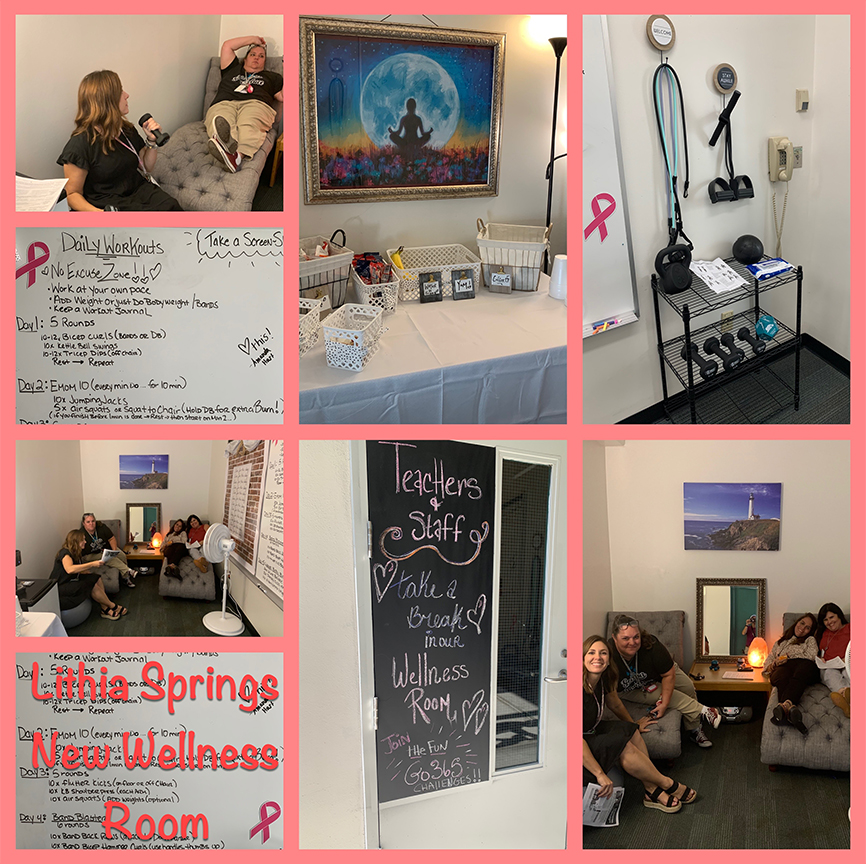
Marshall listens closely to feedback from wellness champions to help inform program innovations. She also spends time analyzing healthcare claims to uncover gaps and unmet needs across the population. “We were seeing a huge gap in the number of female employees compliant with annual mammograms, so we partnered with an organization to bring a mammogram bus to our schools,” Marshall said. “We’ve had great participation. And it’s been important because early on we were seeing an alarming percentage of women diagnosed with breast cancer on their first screening, which was proof they likely hadn’t been screening regularly. Over time, that percentage has dropped. In part, that’s because we’ve made it much more convenient for our female employees to get this important screening consistently.” Marshall also documented a significant prevalence of diabetes among staff through her analysis of claims. The district brought in nutritional education programs and have helped staff improve body composition. “It’s been encouraging,” Marshall said. “We are absolutely making progress in this area.”
Like all organizations, the pandemic has placed immense pressure on staff and increased the focus on mental health support. One creative way the district has responded is by creating safe spaces for staff where they can escape for moments of calm. “We provide wellness funds to each of our champions to administer on behalf of their school or site, and in past years these funds were typically spent on prizes and raffles and fun contests,” Marshall said. “But not this year. Instead, we saw many of our champions using this money to create wellness rooms or Zen zones. They found a place on campus that they could turn into an oasis. They are putting in dimmable lights, relaxing music, comfortable seating, diffusers, puzzles, adult coloring books, basically anything and everything that promotes relaxation. These rooms are being used, and are very much appreciated. It’s been a really big deal for our employees.”
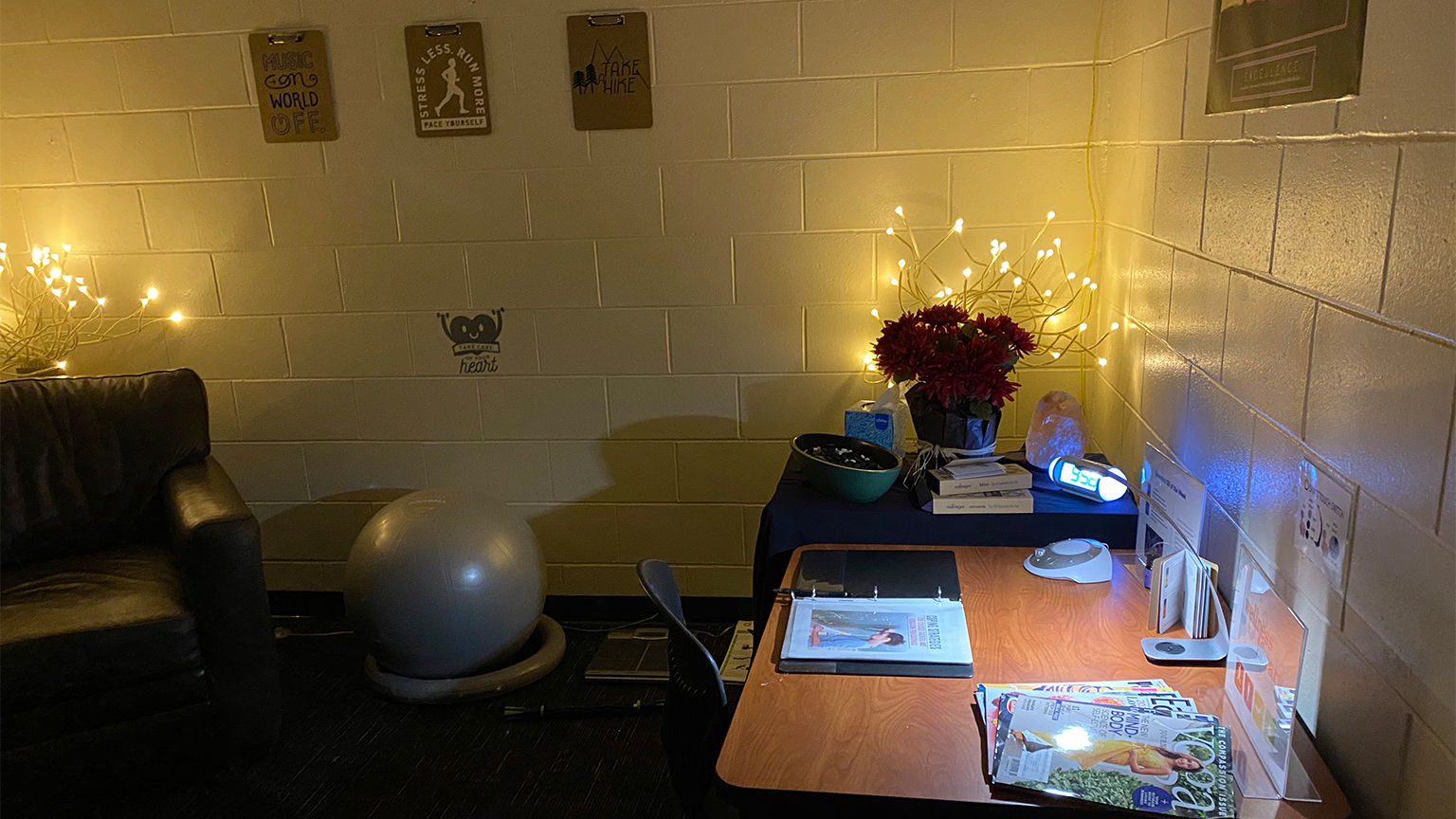
Additionally, Marshall has organized specific webinars focused on burnout to help address mental health needs. There was significant participation in a recent series on mindfulness as well. Marshall also noted that awareness and interest in services offered through the district’s EAP have greatly increased over the past year. “WELCOA’s checklist and the benchmarks have been very important for us,” Marshall said. “When I accepted this role, it was a dream job for me, just the perfect scenario to hit the ground running. We had a budget. We had leadership support. And then, with WELCOA, we had a framework for how to build a successful program. We’ve relied heavily on our findings from the checklist, and best practices from the benchmarks to move our program forward.”
Through the checklist process, Marshall was able to validate the strengths of the district’s program but also identify gaps that needed to be addressed. “We performed really well in Benchmark 2: Collaborating in Support of Wellness, but in the benchmark focused on supportive environments, we had our lowest score,” she said. “So that became a priority for us to tackle first. Looking at some of our spaces, and some of our policies, there were opportunities to do more.”
A specific example of how Marshall is applying learnings from the checklist to advance in this area is leadership training.
“We are fortunate to have a lot of support from upper management, including our superintendent who is an avid runner,” she said. “But when you consider key leadership roles, such as principals, it can be a challenge because they have very demanding jobs and a lot of different expectations. So it can be easy to lose sight of the importance of wellness. We’re addressing this by adding specific training for leaders, starting with principals. In the Fall of 2022, we hope to add assistant principal trainings to teach them how to support wellbeing once they are promoted. We want to fully equip them with the knowledge to care for staff and be advocates of the program.”While the district has increasingly relied on technology during the pandemic to effectively promote wellness among staff, Marshall cautions organizations not to forget about the power of personal connection. “We will all get burned out on technology,” she said. “It’s great that it promotes conveniences and creates more opportunities for engagement. But at the end of the day personal touch is really important. Being together is still really important. We can’t expect technology to do it all. As a district, we will continue to seek ways to interact in person when it comes to wellness. I think all organizations would be well served to do the same.”
Want to learn more about Hillsborough County Public Schools’s program, or how your wellness efforts can keep pace with the increasing speed of change at work?




